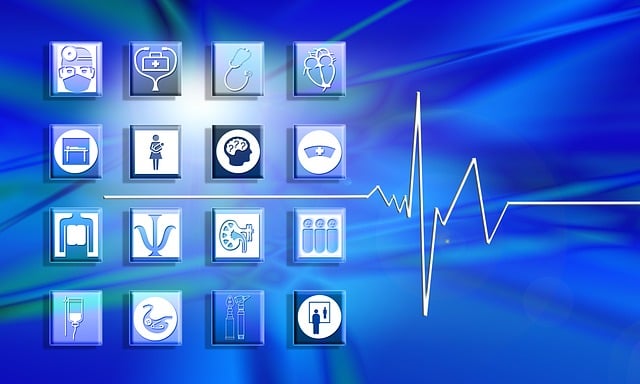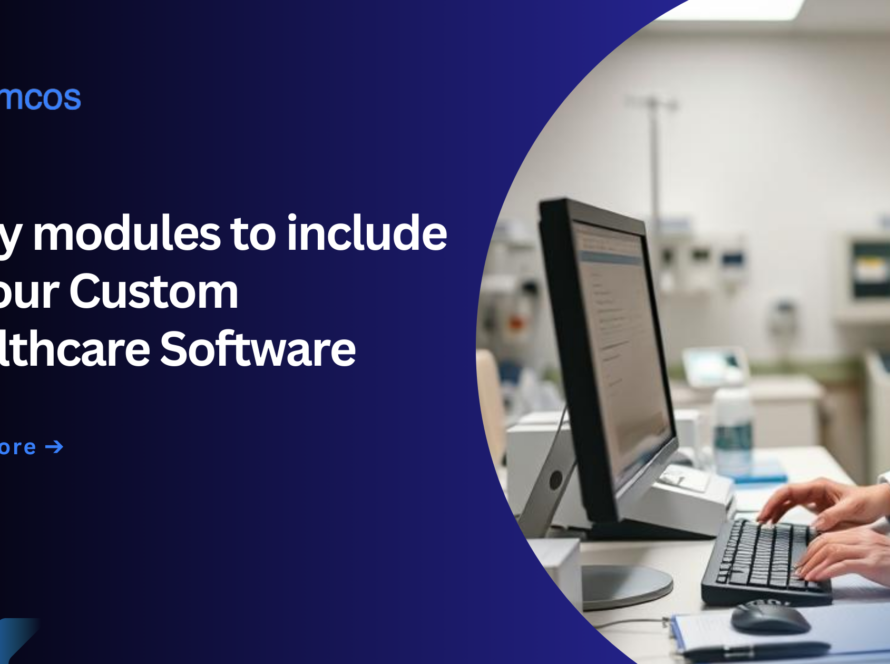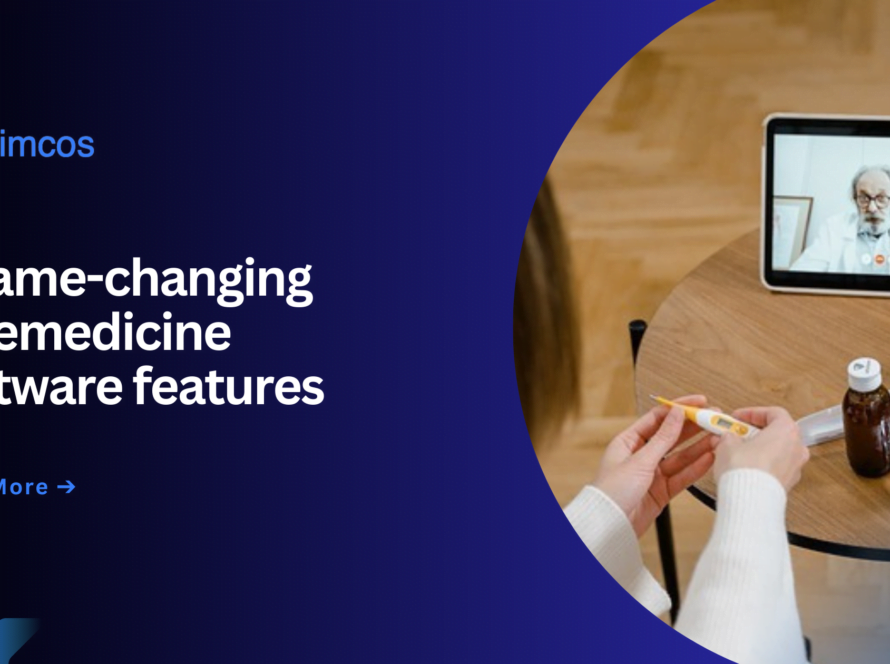Electronic Health Record (EHR) software is a digital tool designed to manage patient health information with enhanced efficiency and security. Unlike traditional paper-based systems, Electronic Health Record centralise patient data—such as medical history, diagnoses, treatment plans and lab results—into a unified digital format that is easily accessible to authorised healthcare providers.
This centralization not only streamlines data management but also supports clinical decision-making and improves patient care by ensuring timely access to comprehensive information. EHR systems facilitate better communication among healthcare providers, fostering improved care coordination and continuity. Additionally, it assist hospitals in meeting regulatory compliance and maintaining data security, significantly transforming the landscape of hospital storage management and overall healthcare delivery.
Table of Contents
What is Electronic Health Record Software?
Electronic Health Record software refers to digital/ized health information of patients securely and systematically. It centralizes data on patients including medical history, diagnoses, treatment plans, dates of immunizations, allergies, radiology images and laboratory test results in an easily accessible format.
It handles data, supports clinical decisions and enhances patient care by making sure that all possible patient information are accessed in time by the health professionals. It works by improving communication among healthcare providers for better coordination and continuity of care. It also facilitates compliance with all regulatory provisions and data security.
What is hospital storage management ?
Hospital storage management encompasses organising, retrieving and maintaining records and resources such as patient files, medical supplies and equipment. Effective management ensures important information and materials are accessible when needed, minimising delays and disruptions in patient care.
Traditionally, this relied on extensive physical storage for paper records and other items, which are cumbersome, space-consuming and susceptible to misplacement or damage. Modern storage management seeks to optimise space and improve efficiency, integrating digital solutions to streamline access and enhance overall operational effectiveness.

Need for EHR in hospitals :
The systems are driven by adoption needs, including but not limited to improved patient care, regulatory compliance and operational efficiency.
• Better Care for Patients:
Better patient care through EHRs is achieved by providing real-time, accurate and complete information on patients to support proper clinical decisions. It enables the coordination of care through sharing patient data among providers to ensure continuity of care and decrease the risk of errors and, consequently, leads to better overall outcomes for patients and their safety.
• Efficiency and Productivity:
The Electronic Health Record Software enhances efficiency and productivity through the elimination of paperwork, administrative tasks, and increasing time for patient care. They allow quick access to patient data, very useful for timely decision making and effective response in emergency situations—hence able to improve the overall healthcare delivery and the outcomes for the patients.
• Cost Saving
EHR Software provides cost savings via reduction of physical infrastructure space and lowers expenses on paper, printing and equipment to handle paper files. EHR Software ensures operational efficiencies by automating all recurring tasks and data management, which substantially brings the cost down and streamlines the operation of healthcare industries.
• Data Security and Compliance
The software improves data security with functionalities that include encryption, access control and audit trails, thus further protecting the data about the patient from unauthorized access and breaches. They provide compliance with regulatory bodies through measures that ensure healthcare standards, such as HIPAA, are met to protect private patient information and maintain legal compliance.
• Data Management Improvement
It improves data management through the organization and structuring of patients’ information in a orderly way, which makes searching, retrieving and analyzing data quite easy. They make advanced data analytics possible so that hospitals identify trends that improve treatment results and support research initiatives. This organized structure makes the data of patients more functional and aids evidence-based decision-making.
• Interoperability
It enhances the interoperability with other hospital systems, including laboratory, radiology and billing, to allow the proper flow of information and to reduce redundancy. They also provide for the exchange of health information across a spectrum of healthcare settings, thereby fostering greater collaboration among providers to achieve optimal patient outcomes through continuity of care and comprehensive data sharing.
Meeting these needs, the EHR systems modernize healthcare delivery and bring about improvement in clinical outcomes of patients and enhance efficiency in the operations of a hospital.

How does Electronic Health Record software help the hospitals in storage management ?
EHRs are a modern way of storage for hospitals, digitizing all the paper records. These would create an easy-to-access, easy-to-keep and secure database for all patient information, save much space, increase efficiency and establish compliance. They also interact with other hospital systems to ensure that data flow is enhanced and that there is coordination with all health providers.
• Centralised Data Storage
The Electronic Health Record systems make the storage management of a hospital way simpler by being able to make the patient information digital, hence eliminating paper records. In this way, storage is far better because digital storage forms centralized databases, where access to the patient’s record is guaranteed to the authorized in the most time-efficient and quickest way possible.
Centralization brings in reduced retrieval time, minimum physical storage and improved operational efficiency. Paperless records are way easier to manage or update when keeping patient data readily available and accurate, which is important for timely decision-making and effective patient care.
• Space Saving
Digital storage through these systems reduce the requirement of physical space needed for paper records to a great extent. These areas utilised for some more productive purposes, like inpatient care facilities or improvement in administrative operations.
What is more, storing old records electronically frees up much-needed physical space, while data is available for historical reference. The transition to electronic storage of information, in addition to being sparing in space, also enables great ease of management and retrieval of archived information—functions, which when integrated, help to run a proper, well-organised, smooth healthcare environment.
• Data Organization
EHR systems enhance data organization through the systematization of patient information, thus improving efficiency in the management of data. Structuring data in the desired order eases the search and retrieval process, thus allowing health practitioners to access very specific patient data relatively quickly.
Moreover, metadata tagging provides a means of indexing and retrieving records for improved accessibility and management of data. This help in easing the retrieval time for data and enhance accuracy with information available to healthcare professionals.
• Security and Compliance
This system supports data security, features such as controlled access whereby only identified persons are said to have access to the patient’s record to view and ability to make any modifications and the latter is only enforceable through data encryption with safe storage protocols so that the breach or unauthorized use is prevented.
The systems also assist the hospitals in adhering to regulatory standards, as these prompt the ways to go about proper data management and are therefore compliant with the privacy- and security-related regulations. These security measures will ensure sensitive patient information is safe and the integrity of healthcare information.
• Scalability
The cloud storage capability of these software systems with the ability to scale out ensures that hospitals increase their data storage capacity without large equipment infrastructural investments. It, therefore, ensures flexibility to accommodate growing volumes of patient data whenever such needs arise.
More scalability enablement features are available in terms of automated backup and disaster recovery options. Data is prevented from getting lost due to hardware failure or some other emergency; thus, enabling the healthcare operations to continue and may not be possible without effective access to the information on patients.
• Cost Efficiency
Cost effectiveness sets in through the reduction of physical storage costs on paper, printing and other physical storage methods. There is no huge space and associated costs to keep physical records if all records are going to be stored in soft copy.
Additionally, operational efficiency is brought about by the streamlined management of data, which helps in reducing costs of labour and improving overall productivity. Lower operational costs are due to the automation of common tasks and better organization of data within the system; this makes Electronic Health Record systems cost-effective for data management within hospitals.
• Integration with Other Systems:
EHR improves interoperability through interfacing with other hospital information systems, such as billing, laboratory and radiology systems. This helps promote a seamless circulation of information among various departments of a given hospital, saving them from double data storage and bringing down errors to the lowest possible level.
EHR systems facilitate data exchange and enhance teamwork among all the different healthcare providers toward a more integrated and efficient health delivery environment. Then, in the connected model, this would mean that accurate information about the patient is always available throughout the various systems in the hospital.
The EHR software helps to transform the storage management of the hospitals, moving away from paper-based, traditional systems to efficient and digital solutions of managing storage. Centralized storage makes easy the access to the records of a patient with reduced need for their physical storage. Space-saving features are enable a hospital to repurpose an area that was previously used to store paper records. Improved data organization, enhanced security and compliance ensure that patient information is managed effectively and securely.
This brings scalability and cost efficiency to Electronic Health Record systems through storage and reduced paper-related expenses. The interoperability profile allows data flow and sharing between hospital systems, which is supportive of more coordinated and efficient healthcare. Ultimately, all these Electronic Health Record systems come together to hold a paramount role in the modernization of hospital operation, improvement in patient care and optimization in resource management.
• How does Himcos help?
Himcos provides SaaS Update and software modernization services. Our team isn’t just skilled, you get the best minds tackling your modernization project, ensuring exceptional quality and results. Our experts help improve performance, reduce costs, enhance security, and foster innovation providing our clients with scalable, secure and high performing applications.
#AI #SOFTWARE #INTEGRATION



